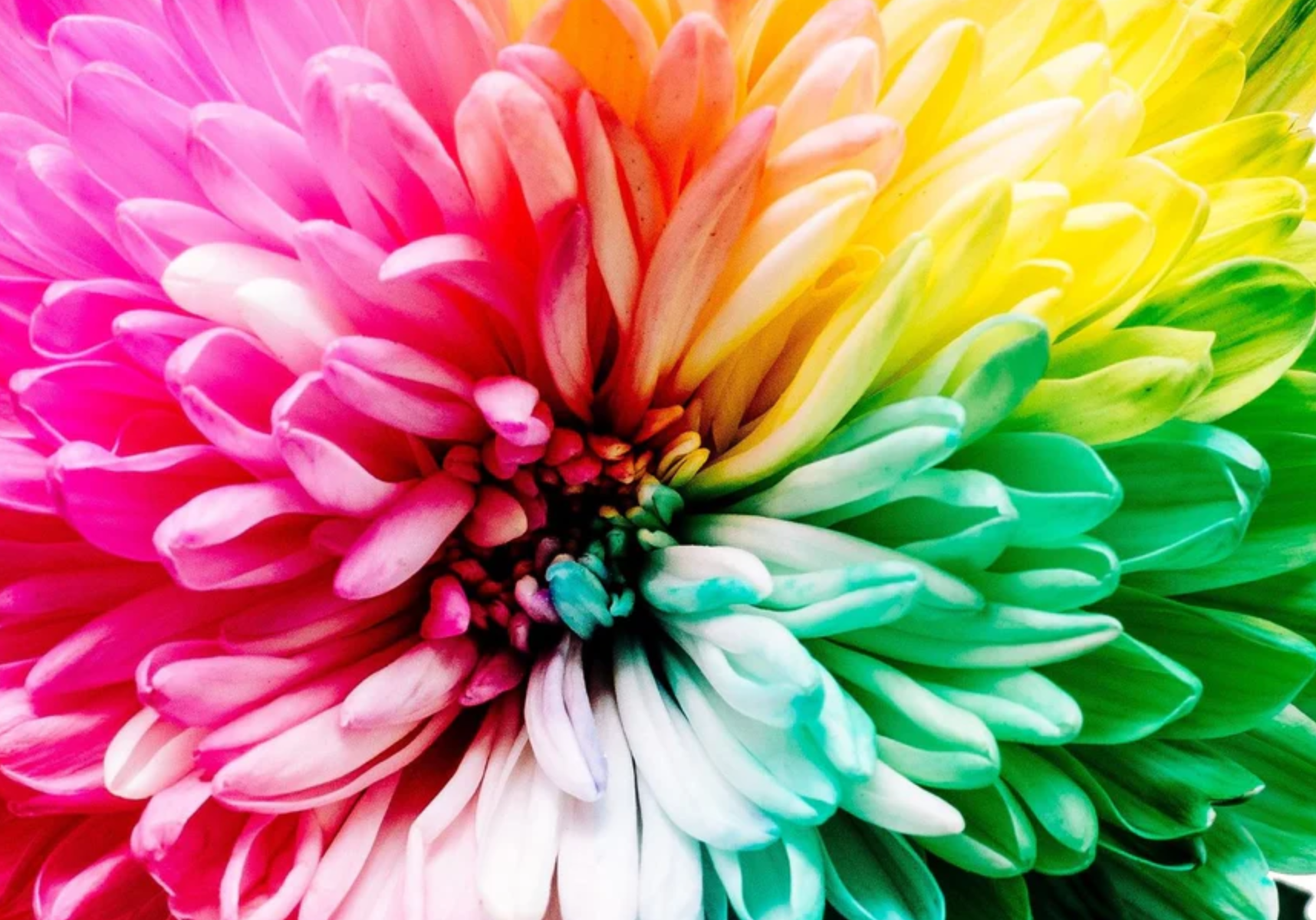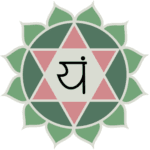
The Path to Realise Our Fullest Potential
and Fundamental Identity - Part 1
A Journey Through the Chakras: Exploring the Psychological Depths and Spiritual Potential of the Mooladhara Chakra - By Swami Nishchalananda
Reading time: 4 minutes
The chakras* are centres of energy within each human being. They function in each moment of our lives and, taken together, they encompass and embrace the entire spectrum of human experience. They relate to specific physical organs, nervous plexuses, endocrine glands, emotional responses, mental patterns and psychic experiences within each of us, as well as, if we go deep enough, opening us up to spiritual insight.
This is the first of a series of 6 articles where we consider the chakras mainly from a psychological perspective and explore how harmonising the chakras can lead to us to deeper realisation of what we are and our place in the universal scheme of things.
Although the chakras are functioning in all of us, they tend to be blocked and imbalanced. Unblocking, harmonising and energising them brings profound changes in our understanding, perception and behaviour. They then become vehicles of self discovery, enabling us to truly fulfil our lives.
Through practice, we can awaken hidden dimensions of our embodied existence. Moreover, by awakening the “higher” chakras we start to realise our innate nature as Awareness; there is a quantum leap in our self-identity. This is why the chakras are so important in yoga and tantra.
The six major chakras are:
Sanskrit Name | English Name | Physical location | Key Quality
Mooladhara | Root Centre | Perineum/Cervix | Physicality and Instincts
Swadhishthana | Pelvic Centre | Pelvis | Sexuality and Desires
Manipura | Navel Centre | Navel/Solar Plexus | Emotions and Vital Energy
Anahata | Heart Centre | Heart/Chest Cavity | Feelings, Love and Compassion
Vishuddhi | Purification Centre | Throat | Purification and Communication
Agya | Third Eye | Centre of the Head | Thinking, Intuition, Realisation and Knowledge
Being energy patterns, the chakras do not have specific physical locations. However, for the sake of practice, in yoga and tantra, the chakras are given precise physical locations.
More subtle than these six chakras are the bindu (the causal body) and the sahasrara (the thousand-petalled lotus; the Source). These are explained later in this series.
In this article, we present the specific psychological qualities of the Mooladhara Chakra.
Mooladhara chakra
The ‘root centre’ (moola, root; adhara, place) represents our body, the physical base of our personality and embodied existence. It is concerned with nourishment, health and safeguarding our physical survival by ensuring that we dedicate time and energy to seeking food and shelter.
Ego-state: ‘I am the physical body’.
Signs of balance: Good physical health and vitality, as well as being comfortable in our body and well grounded. Moreover, we are not overly attached to material things or the false security of possessions because we feel secure in ourselves.
Signs of imbalance: When we over-identify with our body, there is a tendency to overeat, which can result in obesity; obsession with money, our appearance, property and possessions; fear of change; addiction to physical security and rigid boundaries. On the other hand, a negative attitude to our body, may lead to disconnection from the body, negative self-image and being underweight.
Causes of blockages and imbalance: There may be inherited traumas and defects (i.e., genetic), birth trauma, childhood abandonment and physical neglect, poor physical bonding, poverty, malnutrition, major illness, physical and sexual abuse.
Ways of unblocking and healing: Reconnecting with the body, physical activity such as sport, walking, gardening, massage, eating good nourishing food and hatha yoga (complemented by other forms of yoga).
Addictions and compulsions: We tend to be addicted to all material things, more for the sense of security they bring than for their functional necessity or any pleasure that they bring. For example, we may hoard possessions because it gives us a feeling of security and meaning; we tend to be obsessed by a strong sense of territoriality and the attitude that this is ‘my property.’
Physiology and ailments: Specifically associated with the organs of elimination, the colon and anus, as well as with the perineal node which provides a focal point for the muscles around the pelvis and perineum. Associated diseases include constipation, haemorrhoids, colitis, varicose veins, lower back pain and inguinal hernia (though, in fact, all physical diseases will relate in some way or another to imbalance of the mooladhara).
Spiritual potential: With good physical health, we are enabled to look beyond the confines of our physical body and its needs. We are able to use the body as a vehicle to not only live our life fully, but to explore and express our greater potential, indicated by the other chakras, and awaken to our spiritual nature.
*commission earned from this link.







